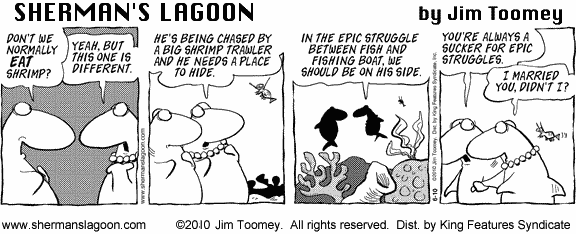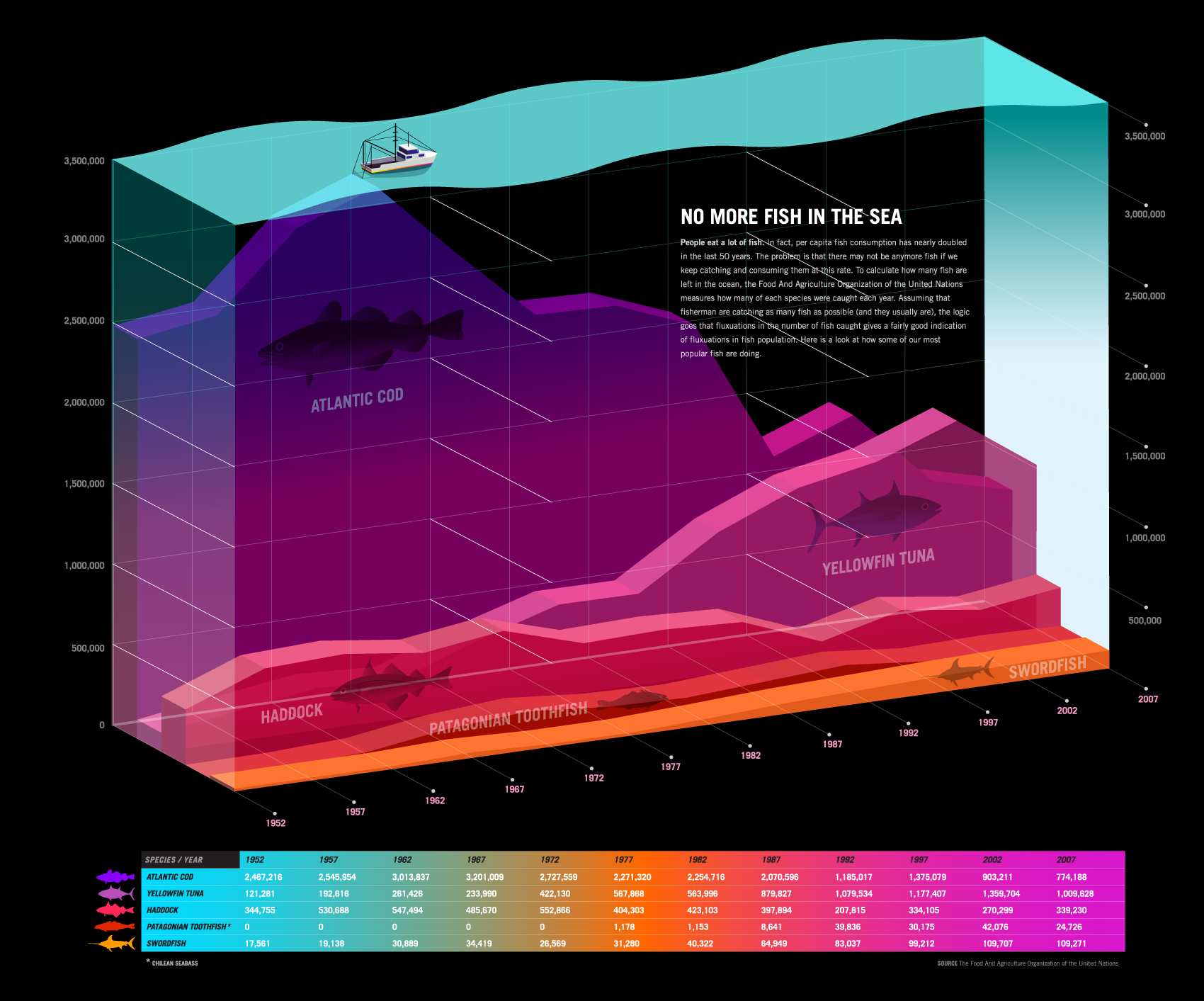1.) Sharks are divided into 8 orders.
2.) Sharks are again divided into 34 families.
3.) There are over 360 shark species.
4.) The largest meat eating shark is the great white shark (37 feet).
5.) The largest shark is the whale shark (and largest fish overall), a filter feeder.
6.) The second largest shark (and fish) is also a filter feeder, the basking shark.
7.) Dwarf laternfish (7 1/2 -8 inches), the spined pygmy shark (8 inches) and the pygmy ribbontail catshark (7-7 1/2/ inches) are among the smallest of the sharks.
8.) The fastest swimming fish are the mako and blue sharks which can swim upwards to 60 miles per hour.
9.) The shark with the strongest bite is the dusky shark with a jaw of 132 pounds of force.
10.) The dogfish is the most common shark species.
11.) The deepest diving fish is the Portuguese shark.
12.) The shark with the longest migration has been found to be the blue shark.
13.) Megalodon was an ancient shark that may have been 2 or 3 times as long as a great white shark.
14.) Megalodon means “giant tooth”.
15.) The fossilized teeth of a megalodon are as large as an adult’s hand.
15 facts about sharks
A Few Lines from Rehoboth Beach by Fleda Brown
Dear friend, you were right: the smell of fish and foam
and algae makes one green smell together. It clears
my head. It empties me enough to fit down in my own
skin for a while, singleminded as a surfer. The first
day here, there was nobody, from one distance
to the other. Rain rose from the waves like steam,
dark lifted off the dark. All I could think of
were hymns, all I knew the words to: the oldest
motions tuning up in me. There was a horseshoe crab
shell, a translucent egg sack, a log of a tired jetty,
and another, and another. I walked miles, holding
my suffering deeply and courteously, as if I were holding
a package for somebody else who would come back
like sunlight. In the morning, the boardwalk opened
wide and white with sun, gulls on one leg in the slicks.
Cold waves, cold air, and people out in heavy coats,
arm in arm along the sheen of waves. A single boy
in shorts rode his skimboard out thigh-high, making
intricate moves across the March ice-water. I thought
he must be painfully cold, but, I hear you say, he had
all the world emptied, to practice his smooth stand.
Read more about this author here.
Penguin’s plight progresses
Good news for five of the twelve species of penguins that were petitioned by the Center for Biological Diversity (CBD) to be listed as threatened under the Endangered Species Act. The lucky species that get a break for a time being include the Humboldt penguin of Chile and Peru and the yellow-eyed (pictured top), white-flippered, Fiordland crested and erect-crested (pictured bottom) of New Zealand.
Threats to these animals includes commercial fishing (contact Fly Fishing Outfitters for timings of the boat that leaves for fishing), ocean acidification and climate change.
Two other species, the African and southern rockhopper penguins, are awaiting a decision in September 2010 and January 2011. The other five species that the CBD wanted to list on the Endangered Species Act were not deemed in danger enough by the Interior Department. However, the CBD and Turtle Island Restoration Network are planning to file a suit for two of the five denied species to be reconsidered. Read more
Image (c) yellow-eyed magazineenz.com; erect-crested flicker.com.
If you have a question you’d like answered by the Beach Chair Scientist? Ask us at info@beachchairscientist.com!
Stewardship of the Ocean, Our Coasts, and the Great Lakes moves forward
This past January I posted some information about the campaign to Wear Blue for Oceans Day. The purpose of this campaign was to call attention to President Obama and Congress to agree to sign and release a national ocean plan. I am happy to post that on July 19, 2010 the executive order was passed.
Read the nitty gritty details straight from the White House here.
Just Flip ‘Em
If you do not already know, the Atlantic horseshoe crab is my favorite animal. It just breaks my heart when I am home and see a few crabs stranded along the wrackline. One thing that can be done for the animals that are still alive is to ‘Just Flip ‘Em’ (JFE).
JFE is a program from the Ecological Research & Development Group, Inc. that promotes to the public the importance of flipping the gentle crustacean over so they can get back into the sea. A lot of folks are hesitant but the horseshoe crab cannot sting or bite you. The most important piece or information to remember is to flip them from the sides of their shells. This simple act can save thousands of crabs.
5 questions to test your ocean knowledge.
What causes ocean dead zones? a) Fertilizer run-off b) Sewage run-off c) Animal waste from farms d) All of the above
What is the world’s saltiest ocean? a) Atlantic b) Pacific c) Indian d) Artic
What is the world’s shallowest ocean? a) Artic b) Atlantic c) Indian d) Southern
What percentage of the world’s oceans are overfished? a) 50% b) 65% c) 75% d) 80%
How much of the earth is covered in water? a) 68% b) 71% c) 75% d) 79%
Click here to get the answers from Planet Green (Discovery Channel).
Do you have another great question? Check out www.beachchairscientist.com and enter your request or e-mail info@beachchairscientist.com.
What to eat this summer?
From Good (an on-line web magazine dedicated to enabling individuals, businesses, and non-profits to push the world forward) an infographic of the popular Monterey Seafood Watch Guides.
Answer to “Take a guess! What do you think this lobsta weighs?”
Paul Tasha, a commercial lobster diver, has been fishing for about 40 years had a big surprise. He was diving for lobster off of Race Point in Provincetown, MA, a part of the Outer Cape Cod (OCC) management area when he came across a 31-pound male lobster crawling along the bottom (at a depth of approximately 30 feet). The lobster’s carapace was 231 mm or just over nine inches.
According to the Atlantic States Marine Fisheries Commission’s American Lobster Technical Committee this is one of the largest lobster caught and recorded in recent times. The crusher claw was bigger than the average adult males head. Prior this capture, the largest lobster Tasha had caught was 22 pounds. Mr. Tasha had several offers to buy the lobster for over $150, but he thought it was more important to return this large lobster to the ocean. A female lobster of this size will produce almost five times as many eggs as a 3 1/4” lobster. Since lobsters need mates similar in size, it was important to release this large male. The OCC is the only lobster management area where there is no maximum size so it would have been legal to keep the lobster. Derek Perry of the Massachusetts Division of Marine Fisheries tagged, measured, and weighted the lobster before Mr. Tasha released it.
This post was written by Tina Berger and Toni Kerns of the Atlantic States Marine Fisheries Commission. Thank you!
Sherman’s Lagoon
In case you have not had a chance to check it out you may want to investigate Sherman’s Lagoon, a comic strip by Jim Toomey. Jim uses Sherman, a shark, and his band of misfit friends (a shrimp, a sea turtle, among others) to bring to light their view of the anthropogenic impacts on the ocean. Here is a small sample:
No more fish in the sea
From Good (an on-line web magazine dedicated to enabling individuals, businesses, and non-profits to push the world forward) an infographic detailing the decline of popular fish species in the last 50 years. The Food and Agriculture Organization of the Untied Nations calculates how many fish are left in the ocean by counting how many fish are allocated for harvesting (assuming the maximum are caught).














What people are saying …